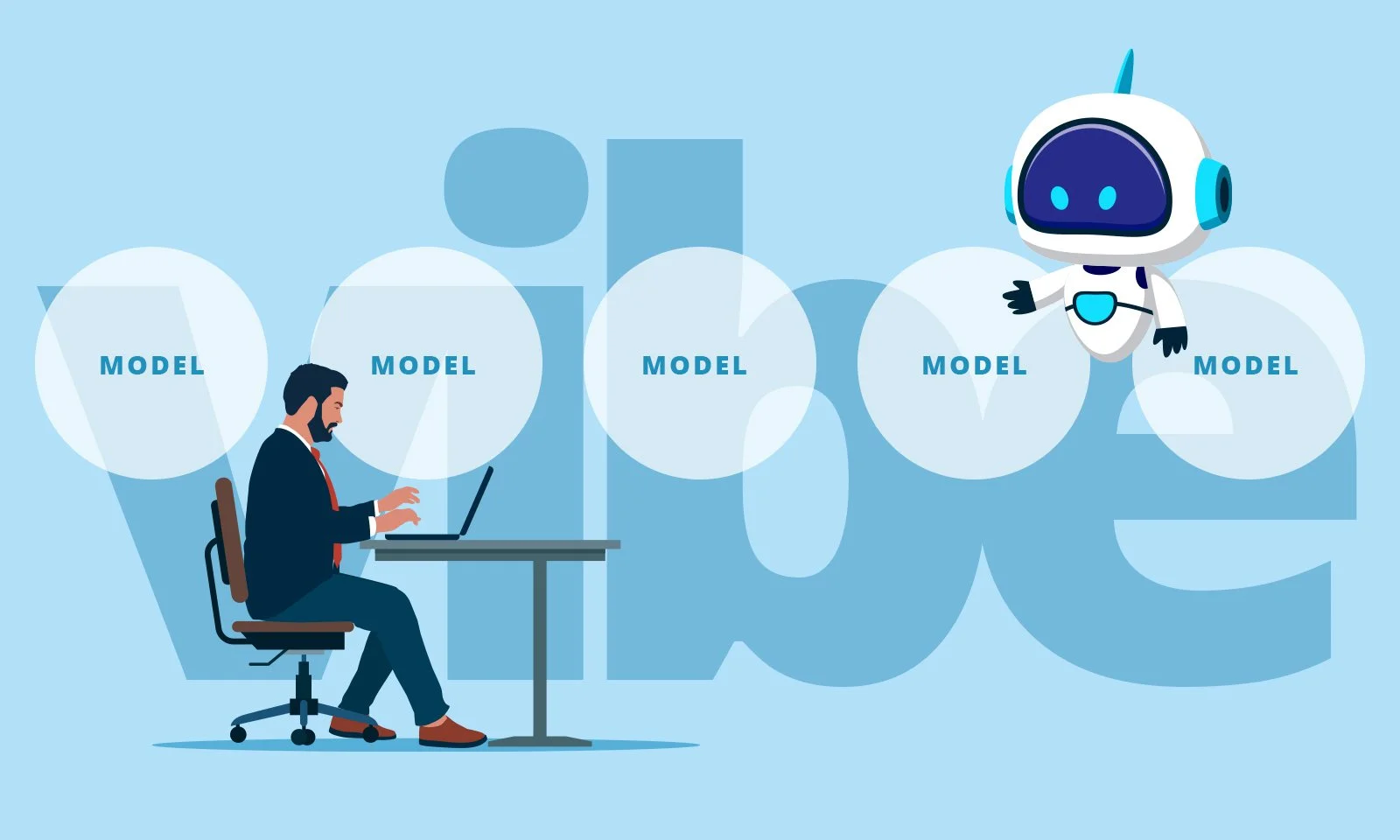Why skill rating is hard
It is hard to really know how skilled another person is. The only real way to do this is to work with them on a series of projects and follow the results of the work over time. Even then one has to have some expertise of one’s own to really judge another person’s skill. And skills, with the ability to apply them, are often context specific. They depend on the problem, the people, the tools available and the wider social support. So how do you pin down a skill to a number? The simple answer is that you can’t. Before I say why, and how we are trying to calculate and apply skill rankings at TeamFit, let’s unpack the problem a bit further.
Skill’s are composite
Every skill is comprised of other skills. The composition of any specific skill is different for each individual. This is a good thing. It let’s each of us meet challenges in our own way and gives workplaces the diversity they need to be resilient and creative. But it sure makes skill management more difficult. It also makes top-down competency models problematic.
Two people can have excellent sales skills, or front-end programming skills, or forensic accounting skills yet go about their work in very different ways, drawing on different strengths and skills. Put that way, this is hardly a surprise. What else would you expect? But it is not the model supported by conventional skills management systems, the kind found in your talent management system or appended to your professional services automation system. These systems assume that skills fit into neat hierarchies and that a skill stands alone. As a result, they are largely useless. One way to test this, take one of your core skills and go and talk with someone else who has the same skill. Ask each other “What are the skills I have that contribute to my having the core skill?” Have a conversation about how and when you apply the skill.
Skill’s are context dependent
Find and get found for great teams. Try TeamFit nowSkills are not general capabilities. The ability of any individual to show a skill, that is, to actually apply it to work, is context dependent. Several different contexts intersect here: the people one is working with, the details of the project, the time available, the tools being used. Who we are working with has a big impact on how effectively we can demonstrate skills. Most of us have some people we work with who open us up and help us apply skills in new ways and take on new challenges. The presence of complementary skills helps with this (skills that reinforce each other, like expertise in data analysis and market segmentation or user interface design and front-end programming), as does a tolerance for the other person’s communication and decision-making style. What we are being asked to do is another critical part of context. This is why TeamFit ties skills to projects. Applying a skill like Leadership means one thing when one is leading a start-up and making decisions in the face of ambiguous information and something different when one is leading cultural change in a large organization. There are overlaps, and success may depend on similar skills (communication skills and decision-making skills) but how the skills are applied will be very different and success with one does not imply success with the other.
Skill’s are dynamic
The result of skills being composite and context dependent is that they are dynamic. The components that make up a skill change over time, sometimes rapidly. The context in which skills are applied is different from project to project. We work with new people on new projects and apply new combinations of skills. Indeed, getting good at finding new ways to combine existing skills may be a critical skill in itself! Given the composite, contextual and dynamic nature of skills, what does our SkillRank™ number mean and how is it used? To begin SkillRank is a composite number. It combines two numbers, a rating from 0 to 5 and our confidence in that rating. The rating is currently based on social validation and skill combinations, but we are about to open this up to many other forms of evidence. Any one skill is connected to other skills. A skill gets it’s meaning from being part of the skill graph. The skill graph connects skills to skills and also connects skills to projects and to people. The skill graph is a way to represent and manage the inherent complexity of skills. SkillRank is an input into how we calculate TeamFit™. TeamFit is a measure of how well the skill of the people working on a project meet the project requirements. It is used to search for people using TeamBuilder (see the screenshot below).
We will also be using the TeamFit score in Project Pulse, our next major platform enhancement. Project Pulse predicts the success of a project. It combines sentiment (what the team thinks the outcomes will be) with the TeamFit score and other data to predict which projects will be successful and what the issue threatening the project might be. Your skill graph is as personal as your DNA. The difference though, is that your skill graph evolves as you add experiences and apply skills with new people to new projects. Begin to capture your skill graph by getting on TeamFit.







